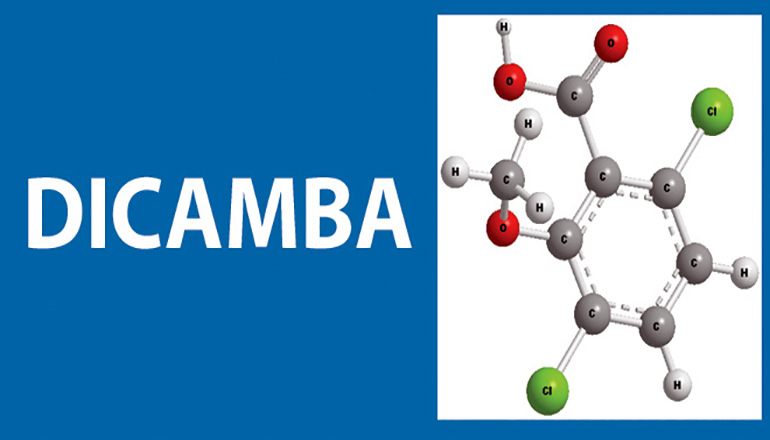the Missouri Department of Agriculture announced it will not pursue Special Local Needs (24c) labels for the use of Engenia, FeXapan, and XtendiMax for the 2019 growing season. This announcement follows the Environmental Protection Agency’s (EPA) decision to extend the registration of these three Dicamba products for another two years with additional safeguards.
The Missouri Department of Agriculture appreciates the thoughtful approach taken by EPA in the re-registration process, and our staff looks forward to working with industry partners, agriculture organizations and academia to ensure growers are aware of and follow the new federal requirements.
“We understand it is a challenging task to balance the interests of producers across the United States, but the EPA has worked diligently with registrants to provide a balanced approach,” said Missouri Director of Agriculture Chris Chinn.
EPA has enhanced the previous labels and put in place additional safeguards in an effort to increase the success and safe use of the product in the field.
The two-year registration is valid through Dec. 20, 2020, and includes the following:
- Only certified applicators may apply Dicamba over-the-top (those working under the supervision of a certified applicator may no longer make applications)
- Prohibit over-the-top application of Dicamba on soybeans 45 days after planting or up until the R1 growth stage (first bloom), whichever comes first
- Prohibit over-the-top application of Dicamba on cotton 60 days after planting
- For cotton, limit the number of over-the-top applications from four to two
- For soybeans, the number of over-the-top applications remains at two
- Applications will be allowed only from one hour after sunrise to two hours before sunset
- In counties where endangered species may exist, the downwind buffer will remain at 110 feet and there will be a new 57-foot buffer around the other sides of the field (the 110-foot downwind buffer applies to all applications, not just in counties where endangered species may exist)
- Enhanced tank clean-out instructions for the entire system
- Enhanced label to improve applicator awareness on the impact of low pH on the potential volatility of Dicamba
- Label clean up and consistency to improve compliance and enforceability
The new label instructions and requirements will be covered in the required Dicamba or auxin-specific training available online through the University of Missouri Extension, or through training offered by Bayer, BASF and Corteva for their respective products.
For more information about the Missouri Department of Agriculture, visit the Department online at Agriculture.Mo.Gov.







